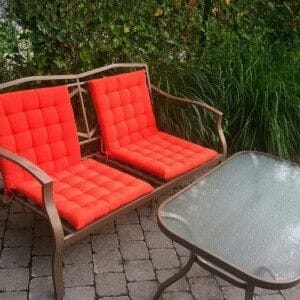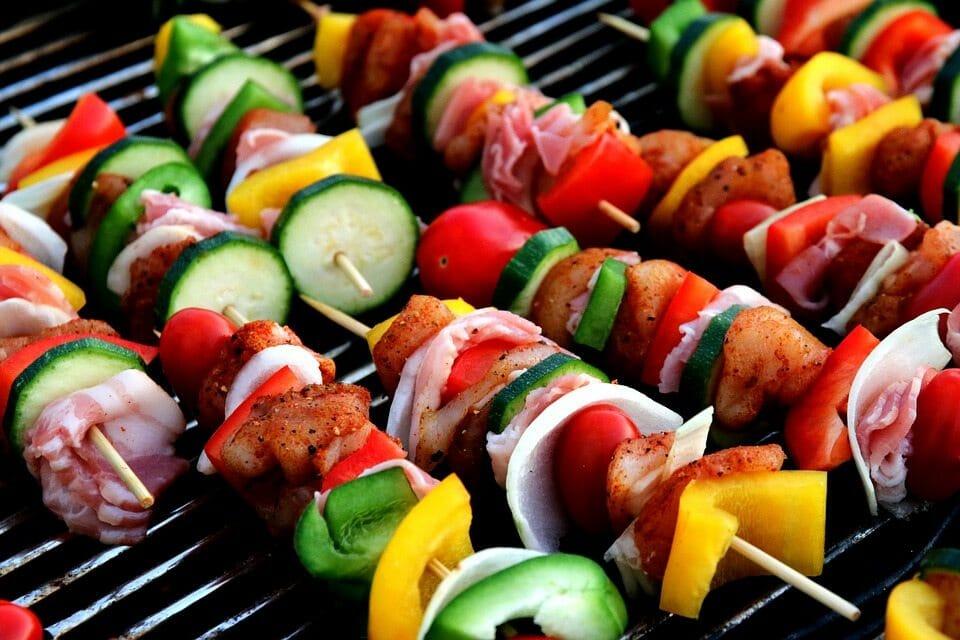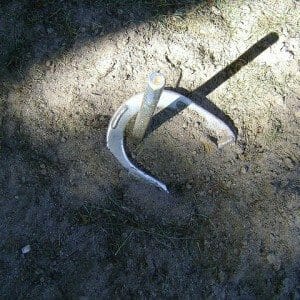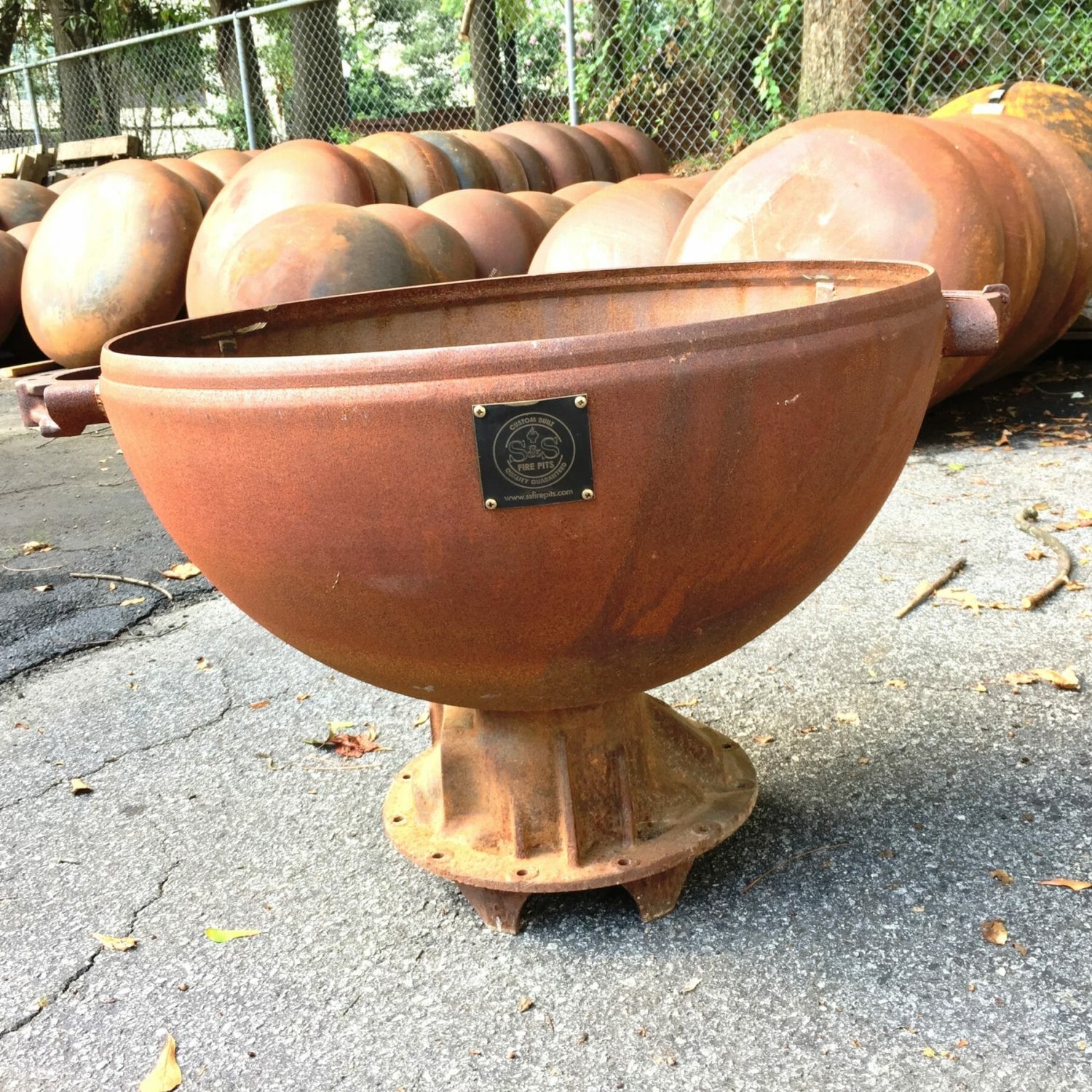
 How much time do you spend outdoors? Many homeowners prefer the cool breeze and open environment of their patio over lounging in the living room. If this sounds familiar, you should consider the following additions to enhance your home’s outdoor living space.
How much time do you spend outdoors? Many homeowners prefer the cool breeze and open environment of their patio over lounging in the living room. If this sounds familiar, you should consider the following additions to enhance your home’s outdoor living space.
Fire Pit
Fire pits are among the most popular additions to outdoor living spaces, and for good reason: they provide a relaxing ambiance and social-friendly ambiance, while also generating heat in the process. When the cool winter temperatures arrive, you can still enjoy your outdoor living space thanks to the warmth provided by your fire pit.
BBQ
According to a recent Houzz Landscaping Trends study, 48% of homeowners are adding BBQs to their backyard. Of course, you really don’t need a BBQ if you have a fire pit, as it performs the same function. Using either BBQ or fire pit, you can cook grill steaks, smoke meats and more. Of the two, however, a fire pit is probably the better choice. It performs even more functions than a standalone BBQ, making it the smarter investment for homeowners.
Fountains
Another trending addition to outdoor living spaces is a fountain. Outdoor fountains offer a new level of aesthetics that’s not found in traditional decorations. The sights and sounds of flowing water reduces stress while promoting a more relaxing environment in the process. Furthermore, fountains will catch pollen and dust, which is particularly useful for allergy sufferers come spring.
Ceiling Fans
While not an option in all outdoor living spaces, a ceiling fan is a fun and functional option for patios and decks. It helps to regulate the temperature, keeping guests cool and comfortable. A ceiling fan can also help to control mosquitoes and other flying pests.
Sound System
Of course, another popular addition to outdoor living spaces is a sound system. Instead of dragging your decades-old “boombox” out of storage, you can simply hit the switch to enjoy high-quality stereo sound on your patio or back deck. These stereo systems are integrated directly into the outdoor living space, featuring speakers and other components that are often hidden from plain sight. And depending on the particular model, you may even be able to use your stereo system as an intercom, communicating with family members and guests in other parts of your home.
Photo credit: Media Director
If you have any questions regarding how an S&S Fire Pit can enhance your outdoor living space; We can help. https://ssfirepits.com/contact/







































